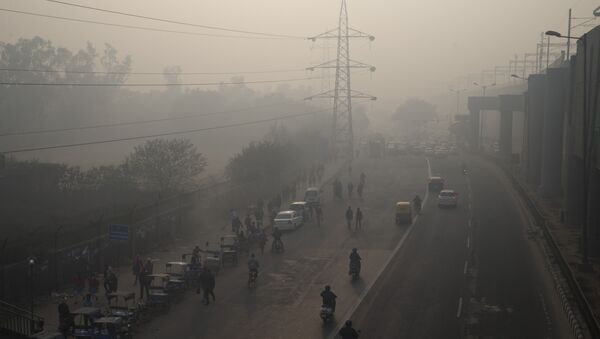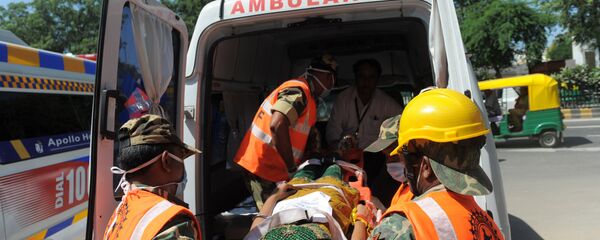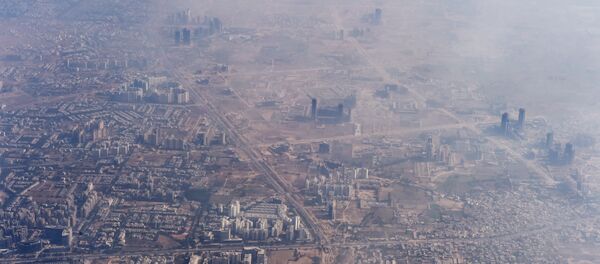The odd-even traffic rule is one of the several measures. Under this scheme, vehicles numbers ending in an odd figure will be allowed to ply on roads on dates of odd numbers and vice versa.
Other measures include restrictions on construction work and diesel generators. Brick kilns, hot mix plants and stone crushers will be shut down once a certain PM threshold is breached for two days in a row. During such days, parking charges for private vehicles will be increased by 400 percent to deter people from using their vehicles unless extremely necessary.
India: Delhi gets pollution action plan, odd-even may come back on bad days https://t.co/iK7EHxV6OR pic.twitter.com/awa09VVOTj
— Aditya Dhunna (@dhunnaaditya) January 17, 2017
While air pollution is a constant problem in India, it gets worse in the winter and often goes beyond WHO safety guidelines. In Delhi, it is so bad it causes school and business closures and train and flight cancellations. The Government of Delhi has already held two trials of the odd-even traffic rule in early 2016; the public response was reportedly good.
The particulate matter levels in Delhi were highest, with 268 g/m3 for the year 2015 – this is 4.5 times higher than the National Ambient Air Quality Standard annual limit set by the Central Pollution Control Board. It is followed closely by Ghaziabad, Allahabad, and Bareli cities in neighboring state of Uttar Pradesh; Faridabad in Haryana; Jharia in Jharkhand; Alwar in Rajasthan; Ranchi, Kusunda and Bastacola in Jharkhand; Kanpur in Uttar Pradesh; and Patna in Bihar with PM10 levels ranging from 258 g/m3to 200 g/m3. The pollution levels in other states like Karnataka, Tamil Nadu and Maharashtra are also increasing" the report explains.
As per WHO's prescribed standards, PM10 and PM2.5 (particles with diameter less than 2.5 mm) should be 50 and 25 units annually.




